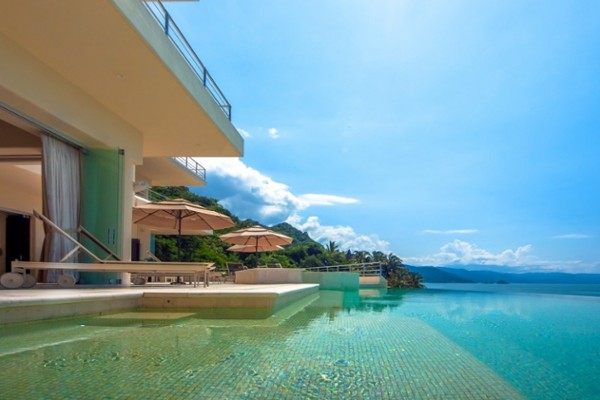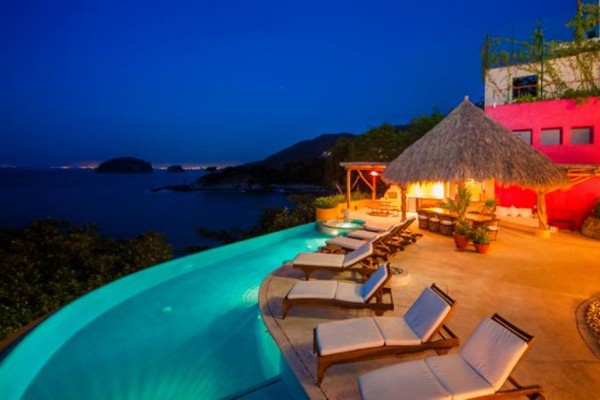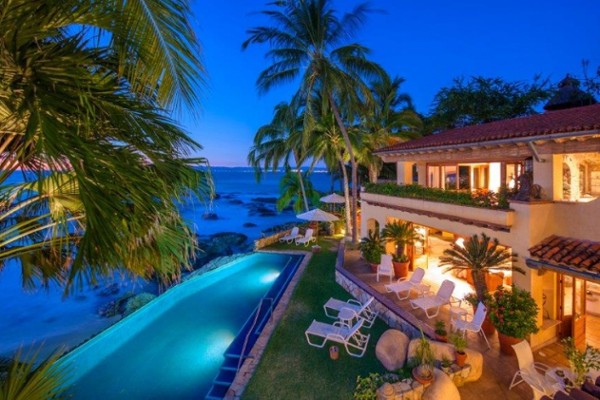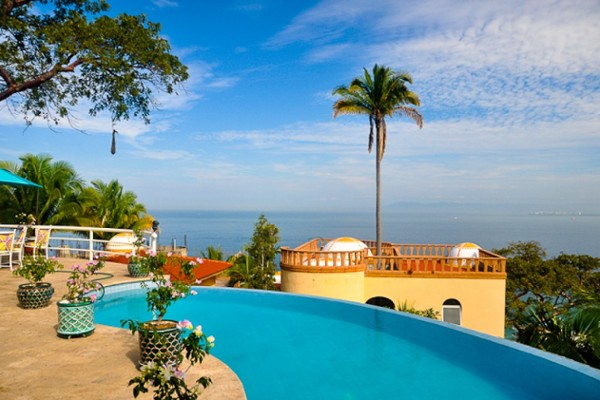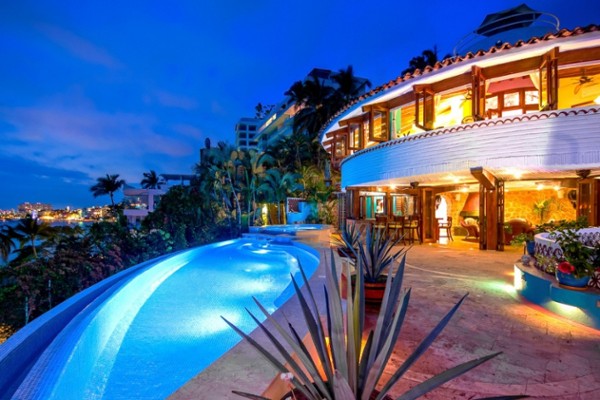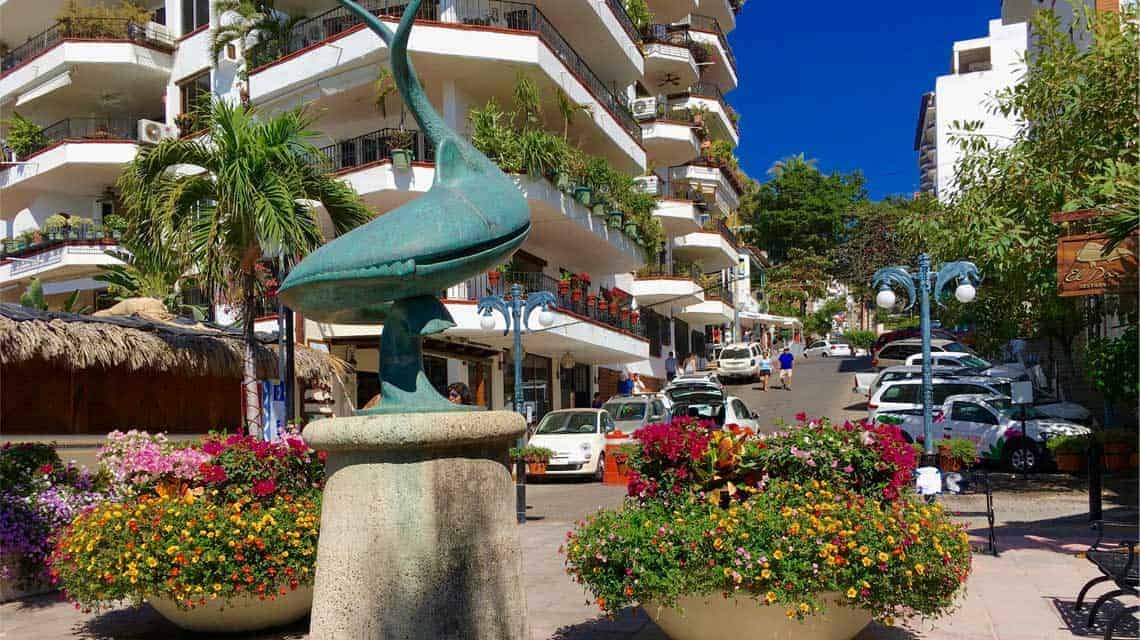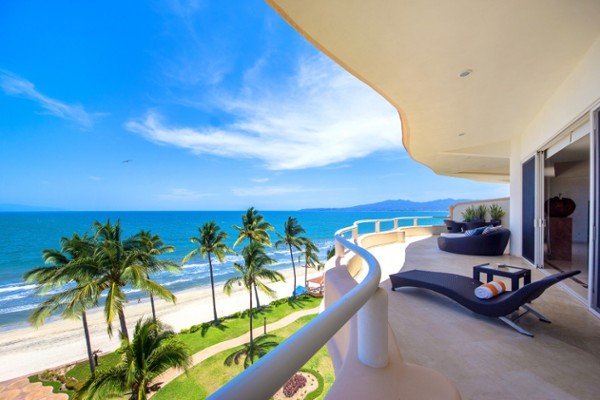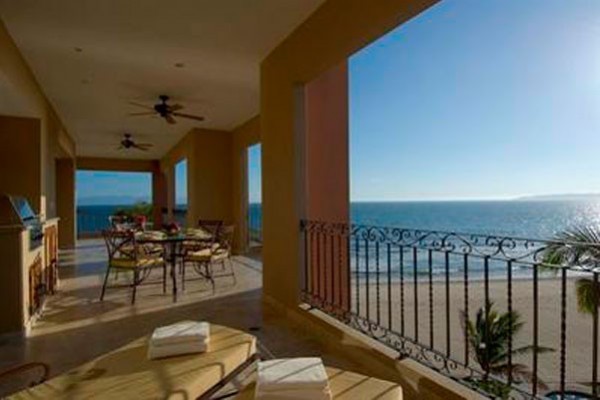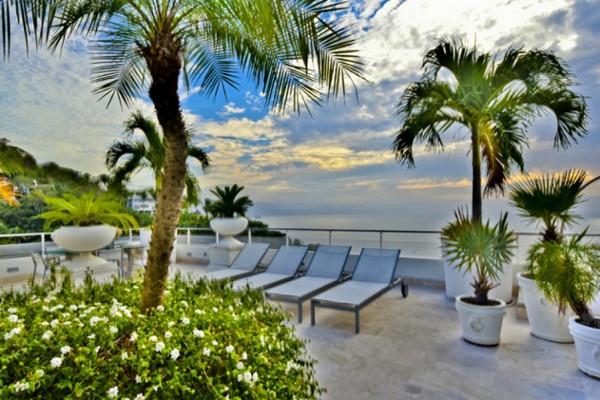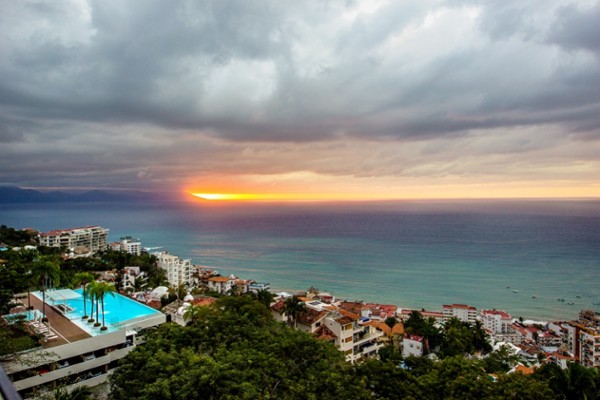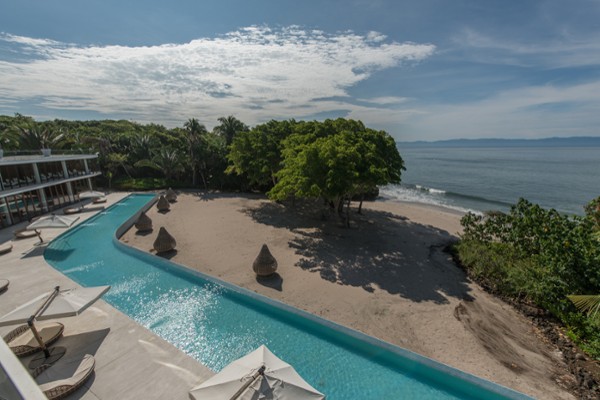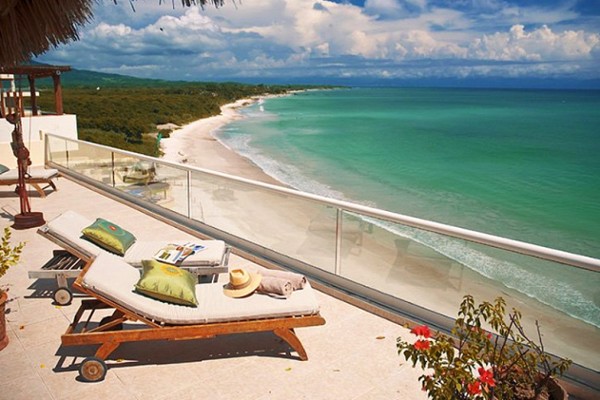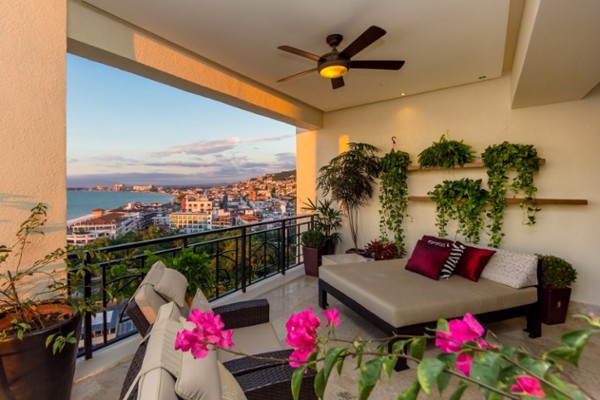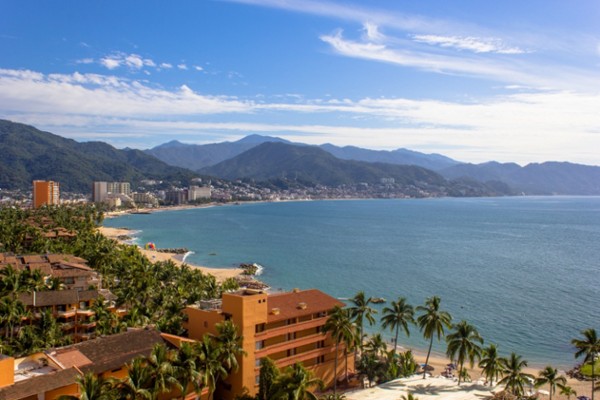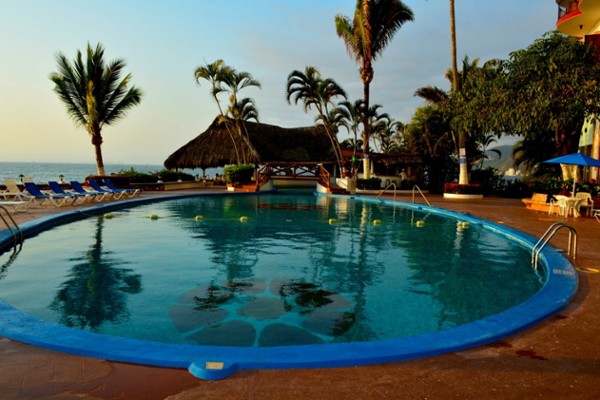If you are selling your home in Mexico it is of the utmost importance to know, before you sign an agreement or offer to sell, how much you are going to pay in Capital Gains Tax (ISR) because this amount is going to be deducted from the price of sale. Before signing a private sales contact or offer, make sure you have a WRITTEN calculation of the Capital Gains Tax from your tax consultant or your notary. Make sure you review the calculation and confirmed with your consultant that there are no other ways to reduce the amount of Capital Gains Tax. In many cases, we have seen that with good tax consultant and a little knowledge of how the Capital Gains Tax is calculated (and a little pressure) the amount of tax can be significantly reduced.
Do not wait until the closing day to review the calculation of the Capital Gains Tax with the Notary because it will probably be to provide information to make changes and because in the agreement/offer that you already signed you already agreed to use the notary to handle the closing (and for this, the notary tax calculation). From the moment that you agree to put your home up for sale, you should be very clear how much of your asking price is going to be going to pay the Capital Gains Tax and the options you have to reduce this tax to the minimum legal amount.
This article is a summary of how Capital Gains Tax is calculated on the sale of a home if you are:
- A Mexican tax resident, or
- A Foreign Tax Resident (person or entity)
- We hope this article is of use to you and helps you better understand how Capital Gains Tax on the sale of a home is calculated, as well as the options that are at your disposal to reduce this tax to the minimum legally allowed.
First, to understand why Capital Gains Tax is different for a Mexican tax resident and a foreigner (foreign tax resident), as well as to understand what the Mexican tax authority understands as a “sale”, we must go over some definitions:
“Sale”: For tax purposes, the sale of a property occurs when:
- A transfer of ownership, even when the selling party hold back delivery of title.
- A transfer of beneficial trust rights when the property is held in trust.
“Fiscal Residence“: You are considered a tax resident in Mexico when you set up your home in Mexico. However, when you have a home in another country, you´re considered a tax resident in Mexico if Mexico is where your “center of vital interests” is.
“Center of Vital Interests”: You are considered to have your “center of vital interests” in Mexico when more than 50% of your total income comes from Mexico, or when you have established Mexico as your “main center of professional activities”.
You are not considered to have a fiscal residence in Mexico when you only temporarily use a home for tourist purposes and your “center of vital interest” is not in Mexico.
Sale of a home by a Mexican Tax Resident
How is the Capital Gains Tax calculated?
The formula is: Income – Cost – Deductions = Capital Gains
a) Income. – The income is the amount of the sale. If a value is not given, an authorized tax appraiser will determine the amount.
b) Cost. – The cost of the home is the cost properly documented purchase, adjusted for inflation and. The cost of construction includes any properly documented improvements. Notes and Special Rules of construction cost includes:
- When your deed of purchase (escritura) does not mention the value of the construction, you can use 80% of the value of the deed or the proportion used in the appraisal that was given at the time of purchase.
- Construction costs depreciated 3% annually and cannot be 20% below the initial cost. The resulting cost will be adjusted for inflation.
- Improvements in the property will be subject to the same depreciation rules as set above and must have the proper supporting documents (facturas).
- Maintenance is not a deductible cost.
- If for some reason the seller cannot verify the cost of construction or improvements made after the purchase, the seller can use 80% of the value of an appraisal of such improvements provided that such appraisal is properly registered and allowed by the notary. The registry of this appraisal must conform to municipal registry requirements.
- Your Cost is always calculated in “pesos” per Mexican law. Even though many properties in Mexico are listed with dollars sales values, all calculation of taxes are based on the conversion of dollars into pesos. Recently this has had some major impacts on what a seller “thinks” his cost is and what it really is.
The follow example will shed clarification on this:
Bob purchased a condo for $ 300,000 dollars in June of 2006. At that time the peso was at 11 to the dollar and therefore Bob’s deed shows a purchase value of $ 3,300,000 pesos ($ 300,000 dollars x 11). This was at the height of the real estate market in most tourist destinations and Bob paid top dollar for his condo. Bob has enjoyed his condo for many years but now wants to sell it and just recuperate his initial investment, so he signs an agreement to sell it for $ 300,000 dollars thinking that “I will not have to pay tax because there is no gain”. Unfortunately for Bob, the peso today is at 20 and a $ 300,000 dollars sales value is now equal to $ 6,000,000 pesos. Without figuring in inflation, Bob is now showing a capital gain of $ 2,700,000 pesos ($ 6,000,000 pesos sales price less $ 3,300,000 purchase price) and is being asked to pay a capital gain tax of 35% or $ 945,000 pesos ($ 47,250 dollars). Since Bob cannot close this deal unless the notary withholds this amount, he ends up selling for a significant loss. If Bob would have known before he signed a sales agreement that this was the capital gain he was looking at having to pay, he probably would have adjusted his price up to compensate for the tax withholding.
There are some other rules that apply to determine the cost of construction and we recommend that you check with a consultant on which may apply to your case.
a) Deductions.- Deductions include:
Expenses and fees of the notary paid for the purchase and sale.
- Local tax on sale of property, paid by the seller.
- Payments made on the appraisal of the property.
- Commissions paid on the purchase or sale of the property.
- The above deductions must have the appropriate supporting documentation (factura) and should be adjusted for inflation.
a)Capital Gains Once you have subtracted the Costs and Deductions from the Income, you will have what is considered as your Capital Gain. Over that amount you will apply a tax rate of between m 1.92% to 35% depending on the amount of the Capital Gain. As a general rule, 35% begins to apply to amount of Capital Gain above $ 250,000 pesos (About $ 13,000 dollars), so as a rule of thumb just use 35%.
As mentioned above, on the sale of a home by a Mexican Tax Resident (physical person), as well as for Foreign Tax Residents, the notary public that handles the sale is responsible for calculating and withholding this tax. Before you agree to use a notary for a sale, make sure you know what he or she will be withholding, and make sure that you have check that calculation with a tax advisor.
Exemptions on Capital Gains Tax on the sale of a home given to Mexican Tax Residents (Not Foreign Tax Residents)
Physical persons that are Mexican Tax Residents can exempt the first 700,000 thousand “UDIS” (in October 2016 amounts to approximately $190,000 dollars) of the Capital Gain on the sale. To understand how this is calculated, take a look at the following example:
Case 1: When the amount of the sale does not exceed 700,000 “UDIS” (approximately $190,000 dollars for October 2016), the sale is fully exempt from Capital Gains Tax.
Case 2: If the sale exceeds the above amount, you must pay tax on the amount exceeding that amount ($ 190,000), determining deductions “in proportion to the amount obtained by dividing the excess of the total amount of the sale.” How? Here is an example:
For purposes of simplifying, the calculations are made taking the US dollar currency, but it is desirable to emphasize that all calculations will be made in pesos.
Original purchase price: $300,000 USD
Sale price: $1,000,000 USD
Capital Gain. Which is equal to $810.000USD as a result of reducing the allowable exempt income of $190,000USD ($1,000,000USD less $ 190,000 USD). In this case, 81% of your income will be taxed ($810.000USD between $1,000,000USD). For your acquisition, you can apply for the cost $243,000USD or 81% of your purchase price ($300,000USD).
Gain of capital.- At $810,000 (Capital Gain) is subtracted $243,000USD (cost) is giving a profit of $567,000USD for an amount on which the tax will be calculated.
Exemptions notes:
The exemptions contained herein only can be used once every 3 years.
Another important consideration is that the Mexican Tax Resident must report the sale on his or her annual tax return even though no tax is paid; otherwise the partial or total exemption of income would be lost, with the inevitable consequence of having to pay an additional tax.
In addition, you should consider the notaries/commercial notary must issues digital tax receipt (CFDI) which serves as the proper document to prove the purchase price paid (cost) so that it can be deducted from a future sale. The deed alone now is not enough to prove your cost basis in the property and you must have a CDFI on any purchase after December 31st, 2013.
To prove “tax residence” you must provide the Public Notary with any of the following documents:
- Voter Identification (INE)
- Electrical or phone receipt.
- Bank statement of any recognized bank or an investment fund.
- Note: The documentation must be in the name of the taxpayer, spouse, mother, father or child of taxpayer.
Sale of a Home in Mexico by a Foreign Tax Resident
If you are not a Tax Resident in Mexico and you are selling your home in Mexico, you have 2 options for the Capital Gains Tax, these being:
Option 1 General rule: You can pay 25% of the total amount of the sale (without subtracting from the Income any Costs or Deducitons). We have seen 1 case in the last 20 years where someone opted to do this, so it is not really used; or
Option 2. Apply 35% to the Capital Gain, using the same formal we saw for the Mexican Tax Resident above; this being Income – Cost – Deductions = Capital Gain.
It is worth noting:
Foreign Tax Residents cannot apply for the benefit of the exemption rules.
Option 2 only applies when: a) The seller has a legal representative in Mexico, or b) the transaction is formalized through a public deed (before a notary).
The requirement also applies for the notaries to give a digital tax receipt (CFDI), which will serve as an appropriate document to prove what the purchase cost was when it comes time to sell.
Impact of not having a CFDI for the buyer
Buyers that have purchased property after December 31st 2013 must not only have the deed to prove what the Cost of their property was, they now also must have the CDFI that shows such costs. If you have bought property after December 31st, 2013 and do not have the CDFI to prove what you paid for it, the notary handling the sale will be able to deduct your purchase price (Cost) from the sales income, which will dramatically increase the Capital Gains Tax you will pay at the time of sale. The bottom line is if you buy property the closing documents must include the CDFI that properly states the value of your purchase.
If you are a Foreign Tax Resident and do not have a tax ID in Mexico (called an “RFC”), which is required to generate a CDFI, the notary can create what is called a “generic RFC” for you. Please note that some notaries do not agree on this point and will not generate a CDFI for a Foreign Tax Residents that does not have an RFC (which can take months to get some times). If the notary does not agree with issuing a CDFI to Foreign Tax Resident with a “generic RFC”, we suggest that you look at finding one that will.
Before you commit to selling your home by signing an agreement or offer, make sure you know what you are going to be paying in Capital Gains Tax. Also make sure you that the notary you will be using to close the sale has given you a tax calculation and that you have revised the tax calculation before agreeing to use the notary to withhold the Capital Gain amount from your sales price.
This article was written by Gabriela Rojas Jimenez and David W. Connell. You can find more articles and seminars in www.teranrojas.com and www.mexicolaw.com.mx. This article is co-owned by Connell & Associates and TR & Associates and its reproduction requires the written consent of Ms. Rojas and Mr. Connell, who have the rights of this work. Copyright 2016. This article is a general explanation of tax issues valid at the time of publication. For each particular case we recommend obtaining written information from the applicable fiscal responsibilities of your case.
